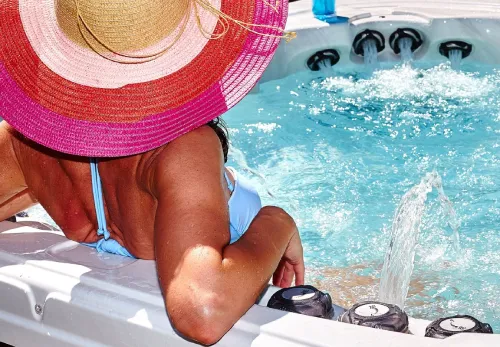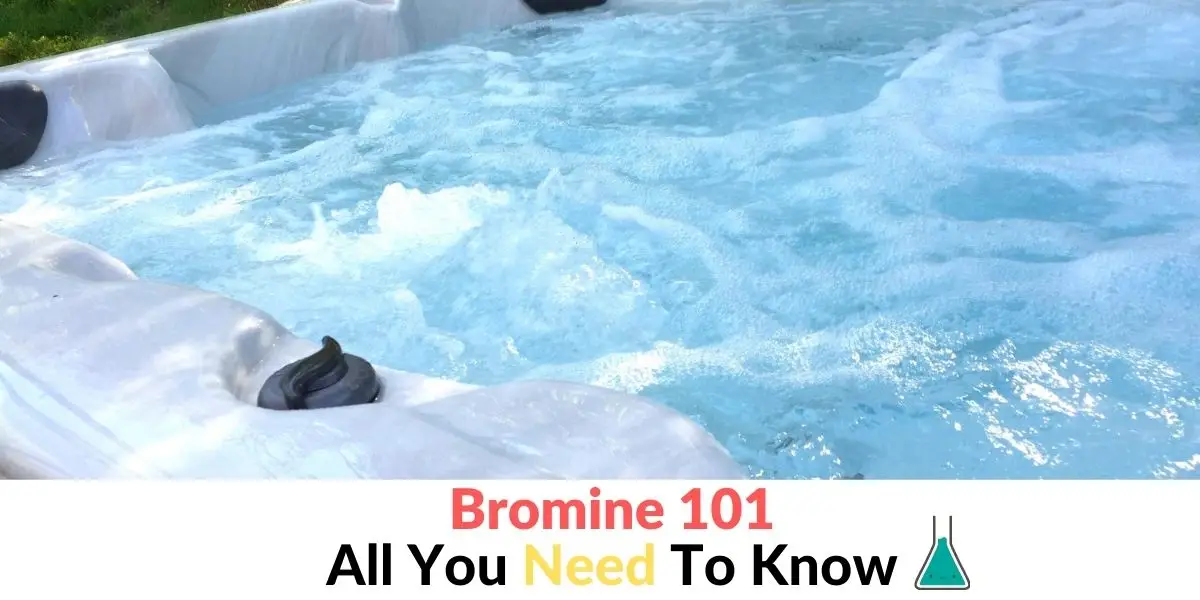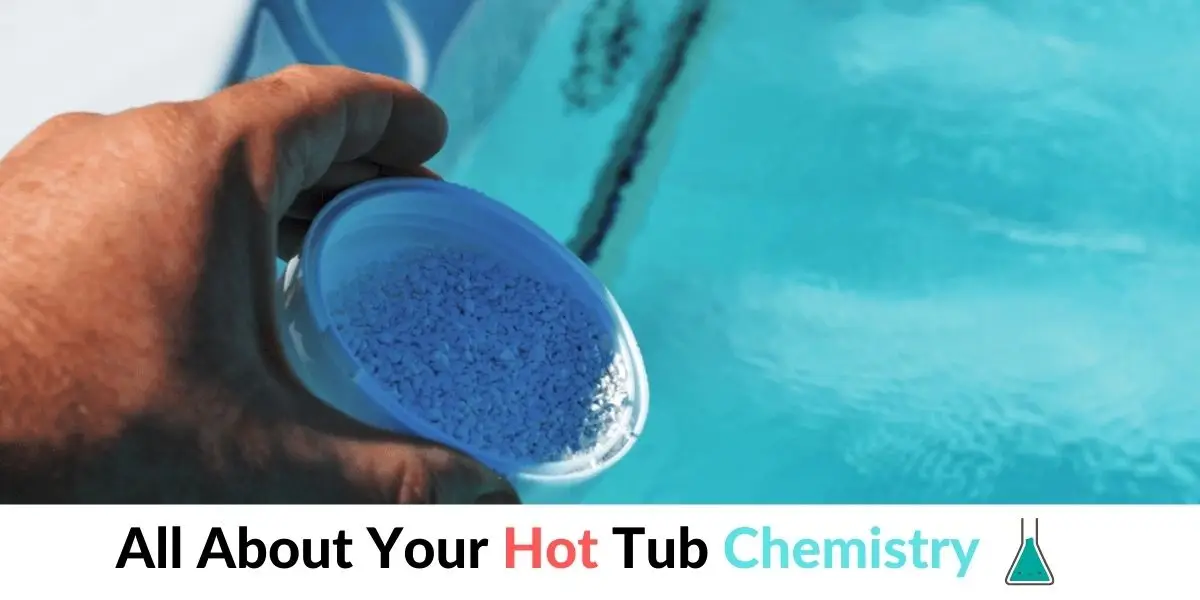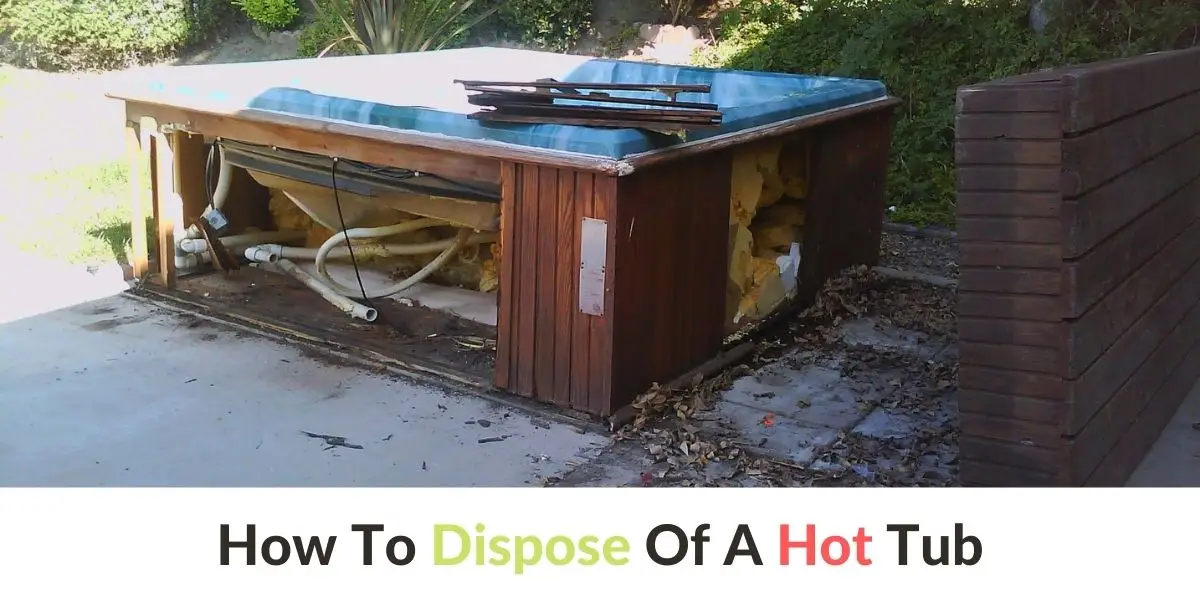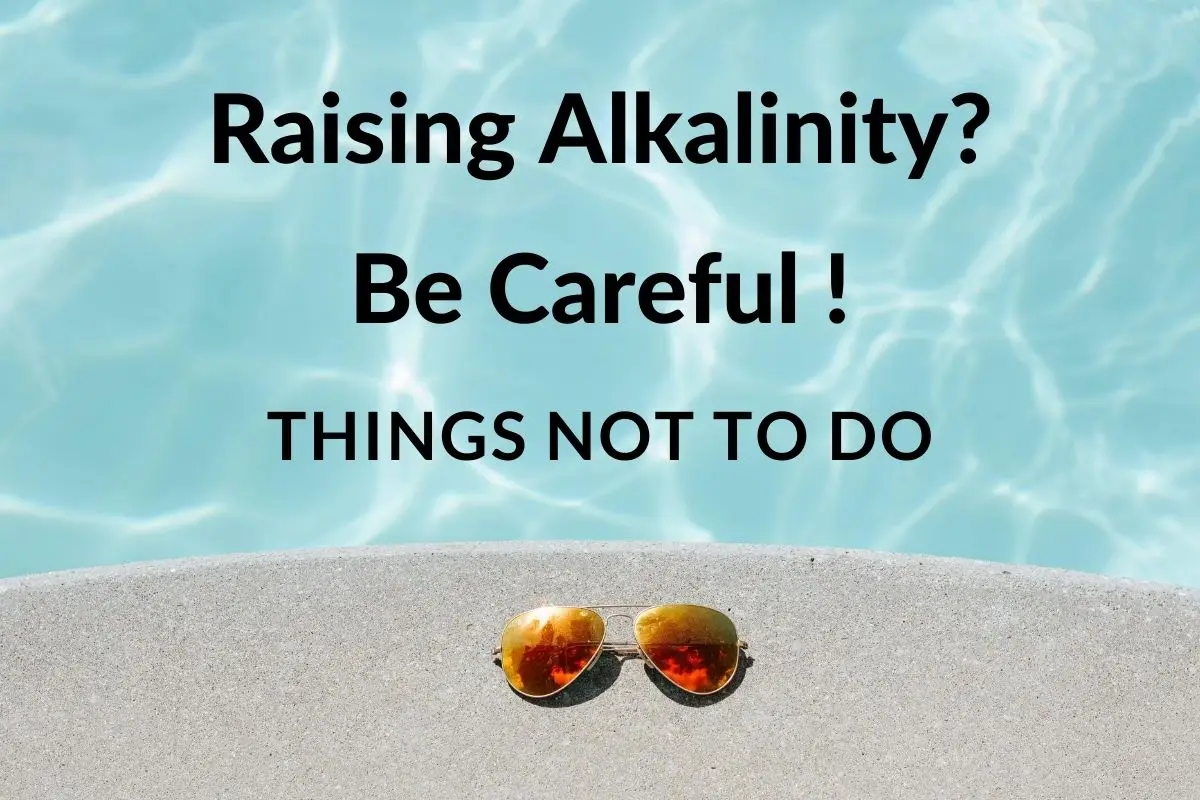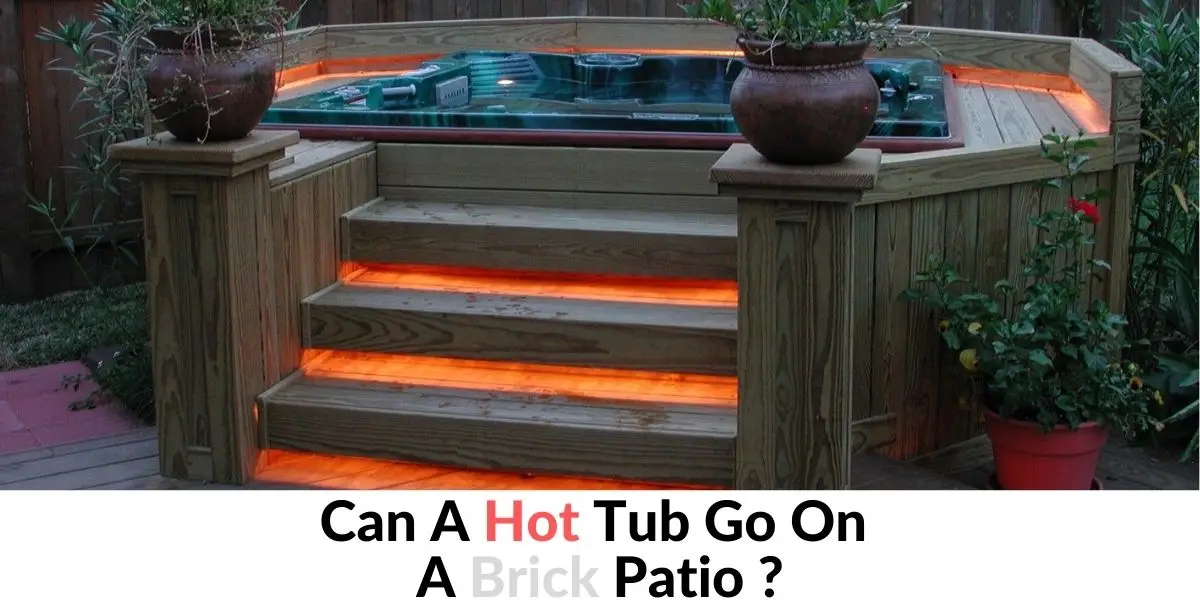Here is How Often Does Hot Tub Need Chlorine!
The best way to know how often do you put chlorine in a hot tub is to regularly measure it. After that, you can easily calculate how much chlorine (sodium dichlor) you need.
So how often does the hot tub need chlorine? Consider adding more chlorine to your hot tub if you need to temporarily increase the free chlorine level to 10 ppm.
It is important to know that you only need a small amount of chlorine in order to successfully sanitize your hot tub, so it is very easy to overdo it if you are not careful.
Having too much chlorine in hot tub can cause damage to your hot tub and affect your skin, eyes, and lungs. Luckily, decreasing the chlorine levels in your hot tub is very easy to do. In fact, you may not even have to do anything at all.
Have you gotten your hot tub accessories this year?
Honestly, when I experienced a hot tub for the first time, it was good enough for me. It hasn’t gone a lot before I thought how cool it would be to have a drink in my hot tub, watch a game or bring my food with me. I had no idea people already made things for your hot tub so you can do just that. I have a long list of hot tub accessories that might be interesting to you. Click here to read the article.
Can I Use my Hot Tub Without Chlorine?
If you are looking for a natural spa treatment, there are many non-chemical spa systems on the market. These can significantly reduce the amount of chlorine or other chemicals needed.
Ultraviolet (UV) System
This is an excellent alternative to chlorine in a spa. A UV system disinfects your spa via radiation when water passes through UV bulbs in a tube. Although UV systems remove contaminants, you still need to use a shock system to improve the clarity of the water.
Biguanides. Another option for running a chemical-free spa is to use polyhexamethylene biguanide. This mild disinfectant requires the use of a bromine- and chlorine-free shock system. For some users, however, serious water conditions can develop.
So, if you decide to go back to bromine or chlorine, it’s a bit of a process. Because biguanides cannot be mixed with chlorine, a special and careful process must be followed to convert the spa back to chlorine or bromine.
Salt-based Systems
These systems eliminate the need for chlorine or bromine. But in the end, salt-based systems do not result in a chlorine-free spa. That’s because the salt electrolysis process actually generates chlorine. From an eco-friendly spa perspective, a salt-based system may not achieve your goal.
Ozonators
This system, which some people use to run a chemical-free spa, injects ozone into the water. However, ozonators are not approved disinfectants, so you usually have to use a disinfectant. They can, however, reduce the need for disinfectant and also the frequency of shocks in your spa. An ozonator is a more expensive alternative and sometimes requires a spa modification.
Ionizers
By releasing ions into the water, ionizers inhibit algae and bacteria. Although ionizers are a natural spa treatment, they do not disinfect. A disinfectant is therefore always necessary. But as an alternative to chlorine in the spa, ionizers help reduce the amount of disinfectant needed.
Chlorine-free Shock
Unlike a chlorine or bromine shock, a chlorine-free shock is not a disinfectant. Therefore, it is not necessarily a chlorine-free hot tub. But the chlorine-free shock oxidizes the water, removes contaminants and improves water clarity. It also allows the chlorine to work better in your spa. If you use a chlorine-based disinfectant, the non-chlorine shock creates “free chlorine” in your water. In a bromine spa, the non-chlorine shock activates the bromine.
Enzyme Treatment
Another natural spa treatment is enzyme-based water treatment. Although enzyme treatments do not eliminate the need for disinfectant and shock, they can reduce the number or amount of chemicals needed to maintain spa water.
Practical Tips for Running a Chemical-free Spa or Reducing Them
In addition to the recommendations above about using a chlorine alternative in your spa, there are several spa maintenance practices that can reduce the use of chemicals in your spa.
Keep your Spa Covered
Covering your spa is essential to maintaining the water in your spa, whether you have a spa with or without chlorine. A cover keeps debris, insects, and critters from getting into your water. Ultimately, this extends the life of the sanitizer and reduces the amount of chemicals needed to maintain the water. This is especially critical if you are using a chemical-free spa.
Chlorine-free spas should be covered.
Have You Considered Switching From
Chlorine To Bromine?
There’s been a trend where people are switching from chlorine to bromine. I feel there is not a lot of information about that transition and how to go about it since you can’t mix the two. I have addressed the most common misconceptions about this in the following article.
Shower Before Use
Reducing the amount of body oils, bacteria and personal products that enter the spa water is an effective way to reduce chemical use. Before entering the spa, ask bathers to shower with soap and water. If they use hair products such as gel or hairspray, suggest they also wash their hair or wear a baseball cap. This will reduce the amount of disinfectant needed to keep your spa clean.
Maintaining Spa Water Balance
Whether you have a chlorinated or chlorine-free spa, it is essential to maintain the pH, alkalinity and hardness of the water within recommended limits. This is because inappropriate levels reduce the effectiveness of disinfectants.
Drain More Frequently
It is generally recommended that you drain your spa every 3-4 months, which is an essential part of spa maintenance. If you have a chlorine-free spa, this should be done every 2-3 months. Following a strict maintenance schedule for proper draining and cleaning of your spa can reduce the amount of chemicals required for proper water hygiene.
Maintain Your Filter
Maintaining a clean filter is another essential part of spa maintenance that can reduce the use of chemicals in a chlorinated or non-chlorinated spa. Therefore, check and rinse your filter weekly. In addition, clean it thoroughly every month. In general, it is recommended that you replace your filter annually. However, a spa that is used infrequently may be extended for up to two years. However, to reduce the chemicals in your spa, replace the filter twice as often as recommended depending on the size and use of your spa.
Running the Pump Longer
The spa pump circulates the disinfectant and hot water. It prevents the water from stagnating and provides a breeding ground for bacteria. Therefore, operate your pump according to your manufacturer’s instructions, or at least 8 hours per day. By circulating the water and disinfecting it properly, you will reduce the amount of chemicals needed to maintain the water. This is true whether you use chlorine or a chlorine alternative in your spa.
How Much Chlorine to Add to Hot Tub First Time?
It can take some time before you can find the perfect amount of chlorine needed for your hot tub and that’s OK.
Shocking a hot tub requires about 2 ounces (4 tablespoons) of chlorine for every 500 gallons of water.
You need to make sure to test your chemical levels often and keep an eye on the chlorine level at all times and make sure it doesn’t drop below 1 ppm.
The truth is that you actually want to keep that at 3 ppm. The higher end of the recommended ranges the better. Depending on how often you use your hot tub and how many bathers you usually load (several people use it), the hot tub nation highly recommends sticking with chlorine spa shock in order to kill bacteria and keep the water sanitary.
How Often to Add Chlorine to Hot Tub?
If you put the chemical in the water, it is called free chlorine. When it interacts with oils, bacteria and other substances, it is called bound chlorine, and you will need to shock your water with a higher concentration to get rid of it.
So how often should you add chlorine to the hot tub? This should generally be done at least once a week, or more often if the bathtub is heavily used.
You can also add it in smaller amounts between shocks to keep the water at a healthy and constant level.
In addition, if you are still experiencing high chlorine in your hot tub, then please answer the following questions.
- What are your free chlorine levels compared to your combined chlorine levels?
- Have you ever “shocked” the tub, brought the levels up to over 10? If not you probably have a build-up of combined chlorine.
- If you do shock the tub weekly, then there is something in the water eating up the chlorine, and yes you must keep adding chlorine. When you allow the hot tub to go to zero, all kinds of nasty things start growing within minutes.
You must keep a residual of chlorine at all times. Mineral sticks will help in cases where the level drops to zero, but you should still have a residual of chlorine.
- Have you cleaned the filter? This may help also.
All About Your Water Chemistry
Chemistry, if not managed properly, can literally make you sick. Don’t let that be you or your family. Head over to this article which took me some time to complete, but even I go back to it from time to time to remind myself.
Is it Safe to Go in a Hot Tub With High Chlorine?
You have to be aware that having too much chlorine in hot tub can damage your hot tub and affect your skin, eyes, and lungs. Thankfully, reducing the chlorine levels in your hot tub is very easy to do. As a matter of fact, you might not even have to do anything at all.
In case you are facing the high-chlorine situation, and you want to use your hot tub soon, then you could try a neutralizer. I found recommendations that allow the sanitizer levels to break down naturally. However, if you have to use your hot tub, then what you can do is you can add sodium thiosulfate to the water. Sodium thiosulfate (Affiliate link, in case you are interested in solving this issue) will break down both chlorine and bromine in your water fast so you can soak sooner.
[amazon box=”B002NHU4B8″]
Hot Tub Chlorine Levels Keep Dropping
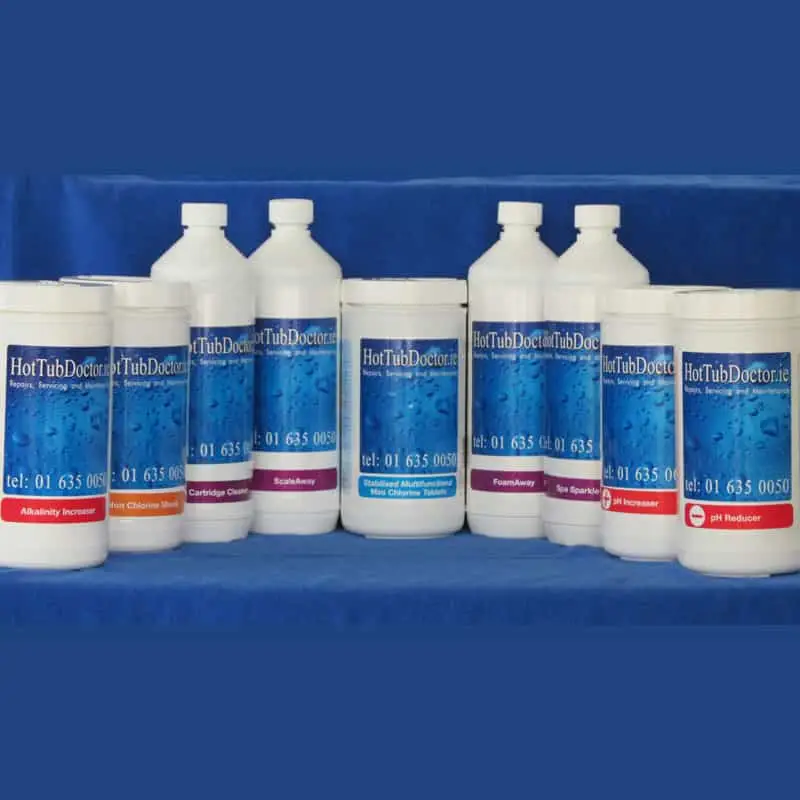
Your chlorine level dropping that quickly usually means that the chlorine is getting used up on something that’s in the water. Try increasing your dose of chlorine until you oxidize the contaminants and start maintaining a chlorine reading.
Metals in the water will chew up chlorine as well as residual soaps from swimsuits ect.
You can try a clarifier and then cleaning your filters super well in order to remove any contaminants/waste from the tub. Bad smells can also be a sign of contaminants. Sensing strong chlorine means that you don’t have enough chlorine as strange as it sounds.
Can you Use Pool Chlorine in a Hot Tub?
A common question is “Can you use pool chlorine in a spa?”. Despite what would seem to make sense, you shouldn’t really use pool chemicals in your hot tub. Hot tub chemicals are way less concentrated than those made for pools, even though they are the same material. I am going to list a few reasons to avoid putting pool chemicals in your hot tub:
- Pool Tri-chlor tablets are extremely acidic. While it won’t have a negative effect on pool water, being extremely acidic destroys the hot tub’s water’s total alkalinity’s buffering capacity which results in a severe drop in pH.
- Soda ash is another chemical that can disrupt the alkalinity of hot tub water which potentially leads to a big spike in pH. It has happened that the pH reached as high as 13, making it extremely dangerous to soak in. Once that happens, it could be hard to restore the perfect pH balance afterward despite adding acid to lower the pH.
- Liquid chlorine contains a lot of salt. To be specific about it, there is one pound of salt per one gallon of chlorine. Adding this high amount of salt to such a small volume of hot tub water will increase the hot tub water’s alkalinity, pH and water hardness. This can cause the level of dissolved solids in the hot tub water to also increase. The abundant dissolved solids lead to more frequent draining and changing of the water, and it can also lead to increased scale and possible filter and equipment failure.
Best Chlorine For Hot Tub
The way chlorine works is that it oxidizes contaminants, attacking and destroying them from the inside out. As the chlorine dissipates it turns into a waste product called chloramines. This is what’s causing the stinging, drying, and gives it stinky reputation chlorine has, which reduces the sanitizer’s effectiveness.
In order to keep chloramines in check, you’ll need to add chlorine on a regular basis, which usually equates to at least once a week. In case things go south, though, and the chlorine isn’t working on its own, you would have to shock your hot tub to get rid of chloramines. That too needs to be done on a regular basis, in order to keep your water clear and pristine.
Now, this chlorine (Recommended product – Amazon link) will do just fine since it provides stability and is highly effective The link will take you to Amazon to check the latest price.
[amazon box=”B000NCW904″]
How Long After Adding Chlorine Can you Use Hot Tub?
So how soon can you use hot tub after adding chemicals? Generally speaking, you should not get into your hot tub right after adding chlorine or other chemicals. This is really due to the high concentration of it in your hot tub water. Give it some time for the chemicals to dissipate and to disperse fully in the hot tub water. Doing this will help avoid any concentrated areas of the chemical.
You should be able to use your hot tub about 30 minutes after you have added your chemicals.
Then you can put the jets on to allow the water in the hot tub to circulate around and for the chemical to be fully absorbed. It’s also not a bad idea for the hot tub cover to stay off during this time as this will allow for any vapors to escape more quickly.
I have another article specifically targeting hot tub covers if you would like to read about it.
In case you are using chlorine in your hot tub as a sanitizer then you will add enough to the water until it is between 5 and 8 ppm. This will allow the water to get a good chlorine boost and the chlorine itself can then really work hard to get rid of any bacteria and to help to cleanse the water.
However, it is not safe to bath while the chlorine hot tub levels are between 5 and 8 ppm and it is likely that it will cause irritation to your skin and eyes and potentially cause some respiratory issues.
All of this really means that you should wait before heading back into the hot tub water. Chlorine’s ability to decay over time is amazing so the amount of chlorine in the water will for sure reduce as you are waiting. Keep checking your chlorine levels regularly and wait for the levels to be between 2 and 4 ppm in order for it to be safe.
So this article answered the question of how often does hot tub need chlorine and hopefully you will never have issues caused by a high concentration of chlorine. As long as you stay away from the hot tub until the chlorine levels take a dive, you should be fine.
How to Get Chlorine Levels Down in Hot Tub?
Let the Hot Tub Reduce Chlorine Levels on its Own
If your chlorine level is above 3 ppm and you do not need to use the spa in the near future, there is nothing you can do to lower your chlorine level. Simply do not use the spa for a day or two and avoid adding chlorine. After a while, the chlorine will eventually reach safe levels by itself. To speed up this process, you can activate your jets and remove the spa cover, as direct sunlight can help break down the chlorine. It could not be easier!
Fill your Hot Tub with Fresh Water
Another easy way to lower your chlorine level is to empty your spa. After filling with fresh water, you can add the necessary chemicals by carefully testing the water.
Use of a Chlorine Neutralizer
If your chlorine level is very high after a shock or after adding too many chlorine granules and you need to use your spa quickly, you can use a chlorine neutralizer. It is recommended that you use the above mentioned methods to let the chlorine level subside naturally if possible.
However, if you need to reduce the levels quickly, you can use sodium thiosulfate. Be sure to add the neutralizer gradually and carefully follow the instructions and dosages based on your test strip values.
I hope that these tips will help you bring the chlorine in your bath water back to safe levels. Once you have balanced your chlorine level, you should also check your other chemical levels. An increase or decrease in chlorine levels may affect other chemical levels.


